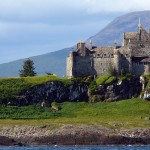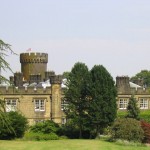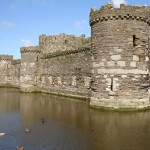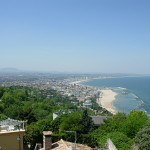The Only Way is Essex – UK National Trail!
It starts at Epping, last stop on London Underground’s Central Line.
Eighty-one miles later it ends up on the Essex coast at Harwich.
The Essex Way meanders through ancient villages and picturesque towns, taking in some stunning scenery and a goodly dose of welcoming pubs in which to quench your thirst en route!
From Epping, the walk crosses the line of the old Roman road from London to Colchester, continuing along the River Blackwater before reaching the North Sea.
The Essex Way, spearheaded by the Campaign for the Protection of Rural England and maintained with the help of an army of volunteers, celebrates its 40th anniversary this year.
Way-marked by plaques and directional arrows, the route can be walked in easily-managed stages or accomplished in one go with carefully-planned stopovers at hostelries and bed and breakfast accommodation along the way.
Where to Start
Epping – once renowned for its association with highwaymen and footpads who terrorised stagecoaches and travellers through Epping Forest – is the easily-accessed starting point thanks to its rail links to London.
From there, a seven-mile stroll takes you through Ongar Great Park, the first recorded deer park in England, and across the line of the Roman Road where army legions marched from London to Colchester.
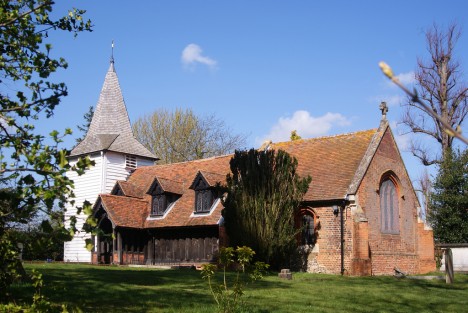
St Andrew’s Greensted – the oldest wooden church in the world, Essex, England, UK / Photo by Nick
A couple of miles away lies Greensted, boasting the oldest wooden church in the world and once a temporary home to several of the Tolpuddle Martyrs following their full pardon and rescue from transportation to Australia.
Continuing through a host of picture postcard villages including Coggeshall, once home to a flourishing lace-making industry and known latterly as a world-famous antiques centre, the Essex Way travels along the ‘Pennypot’ footpath from John Constable’s Dedham to Wrabness, through Stour Wood and along the seawalls which protect the coast, and onto the centuries-old port of Harwich, East Anglia’s ‘Gateway to the Continent.’
The town’s Low Lighthouse houses the Maritime Museum, while the High Lighthouse marks the end of the Essex Way.
What Else to Watch Out For
- Fairstead Church, where restoration work 130 years ago revealed 13th century wall paintings
- Cressing Temple, the earliest English settlement of legendary warrior-monks the Knights Templar
- Coggeshall Abbey, the ruined Cistercian Abbey founded in 1140
- Munnings’ House, the former home and studio of celebrated painter Sir Alfred Munnings at Dedham
- Langham Hall, once home to Sir Walter Tyrell who was suspected of killing King William II whilst hunting in the New Forest in 1100
- Willingale Airfield, where between June 1943 and July 1944 American airforce personnel attached to 287th Bomb Group flew raids over occupied France
- Willingale, unique for having two churches in the same churchyard
- Good Easter Church, where cedarwood shingles on the roof attract varieties of woodpeckers
- Pleshey, with one of the finest Norman castle earthworks in the country
- Sandy Wood near Great Leighs, whose ancient woodland existed in medieval times
- Chappel Viaduct spanning the Colne Valley, with its seven million bricks making it probably the largest feat of engineering in Essex
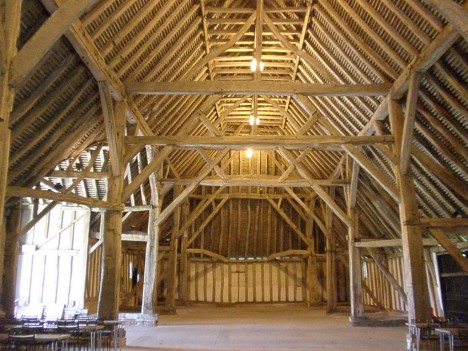
Cressing Temple, Barley Barn, Essex, England, UK by Amanda Slater
Nicki Williams is a copy writer for Gear-Zone, where you’ll find everything you need for walking the Essex Way, including wet weather clothing from The North Face, Berghaus and Rab, and hiking boots from Brasher, Meindl and Scarpa






